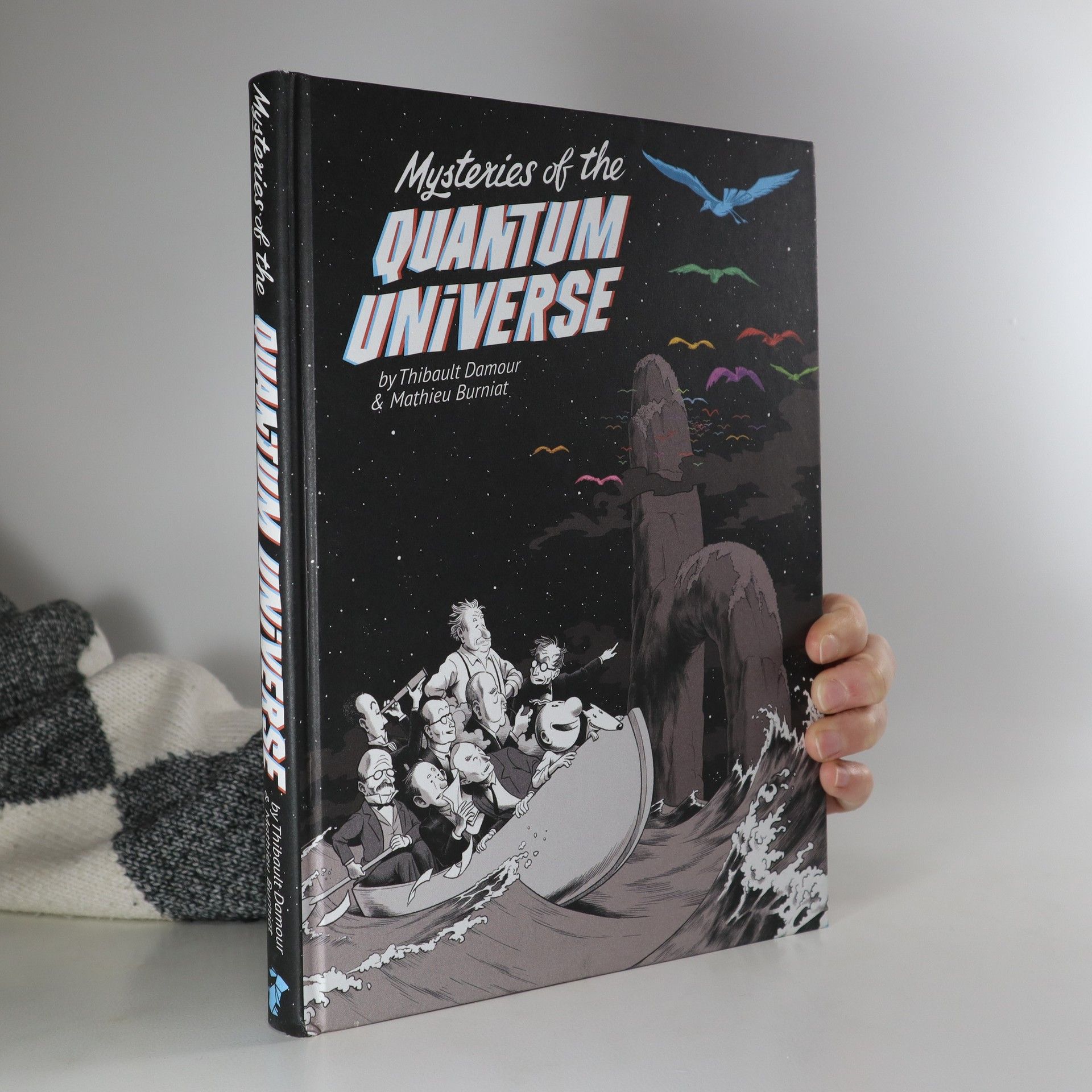Mysteries of the quantum universe
- 160pages
- 6 heures de lecture
The bestselling French graphic novel about the mind-bending world of quantum physics Famous explorer Bob and his dog Rick have been around the world and even to the Moon, but their travels through the quantum universe show them the greatest wonders they've ever seen. As they follow their tour guide, the giddy letter h (also known as the Planck constant), Bob and Rick have crepes with Max Planck, talk to Einstein about atoms, visit Louis de Broglie in his castle, and hang out with Heisenberg on Heligoland. On the way, we find out that a dog - much like a cat - can be both dead and alive, the gaze of a mouse can change the universe, and a comic book can actually make quantum physics fun, easy to understand and downright enchanting.

